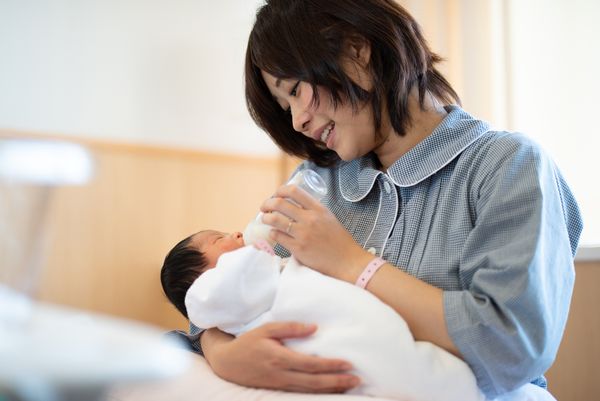

Learn about our editorial policies
Medically Reviewed
About one-third don't place infants to sleep on their backs, although that's known to help prevent SIDS
SATURDAY, May 3, 2014 (HealthDay News) -- As many as half of infants in some parts of the United States aren't being put to sleep on their backs, new research finds, even though it would reduce the risk of Sudden Infant Death Syndrome (SIDS).
Overall, two-thirds of infants born at term sleep on their backs, and the rate is lower among babies who were born prematurely, found researchers who looked at data on nearly 400,000 infants.
"Given that supine [on the back] sleep positioning significantly reduces an infant's risk for SIDS, it is worrisome that only two-thirds of full-term infants born in the U.S. are being placed back-to-sleep," study author Dr. Sunah Hwang said in an American Academy of Pediatrics news release.
"More concerning is that adherence to safe sleep positioning is even lower for preterm infants who are at even greater risk for SIDS compared to term infants," added Hwang, a neonatologist at Boston Children's Hospital and South Shore Hospital and instructor in pediatrics at Harvard Medical School.
SIDS is responsible for more deaths among infants aged 1 month to 1 year old than any other cause, and it killed more than 2,000 babies in 2010, according to the U.S. Centers for Disease Control and Prevention.
"Although the precise cause of SIDS is still unknown, we do know that safe sleep practices, such as sleeping on the back, reduces the risk of infant death in the first year of life," Hwang said. "The Back-to-Sleep campaign reduced the rate of SIDS by 50 percent in the 1990s. Since 2001, this rate has remained stagnant."
The researchers came to their conclusions after analyzing results of a survey of mothers of newborns in 36 states. Alabama had the lowest rate of infants sleeping on their backs at 50 percent. Wisconsin was highest at 81 percent.
A second study, led by Dr. Eva Colson at Yale University School of Medicine, found that about one-quarter of Hispanic and black mothers are engaging in practices that pediatricians consider to be dangerous to babies. Specifically, 28 percent of Hispanic mothers share beds with their infants, and 22 percent of black mothers put babies to sleep on their stomachs.
The study findings come from a survey of 1,030 mothers in the United States.
The proportions of mothers who shared beds with their babies were 18 percent among blacks and 14 percent among whites. Ten percent of whites put their babies on their stomachs to sleep, while 7 percent of Hispanics did.
The findings are to be presented Saturday at the annual meeting of the Pediatric Academic Societies, in Vancouver.
Because the studies were presented at a medical meeting, the data and conclusions should be viewed as preliminary until published in a peer-reviewed journal.
SOURCE: American Academy of Pediatrics, news releases, May 3, 2014
Copyright © 2014 HealthDay. All rights reserved.
You might be interested in





